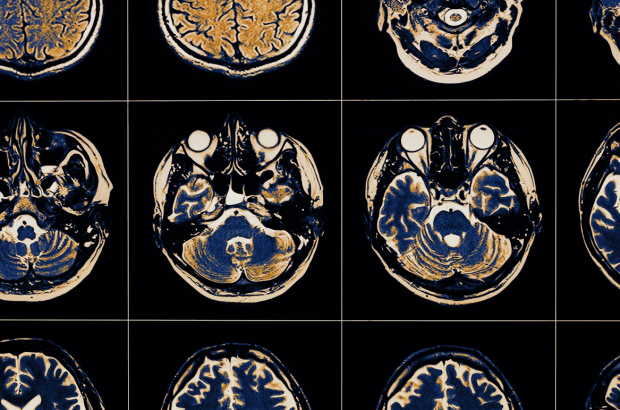- Daily & Weekly newsletters
- Buy & download The Bulletin
- Comment on our articles
Breakthrough in Parkinson’s disease research at KU Leuven
Biomedical scientists at KU Leuven have discovered how a defect in a specific gene works to cause Parkinson’s Disease. A defect in the ATP13A2 gene was known to be one of the causes of the disease, but it was previously not known how.
KU Leuven researchers have now discovered the gene’s function in the cell, explaining how the defect can cause Parkinson’s. Their findings have just been published in Nature.
With more than six million patients around the world, Parkinson’s disease is one of the most common neurodegenerative disorders. Some 20 genetic defects have been linked to the disease, but scientists have yet to figure out the functions involved in several of these.
It turns out that the defect in the ATP13A2 gene causes cell death by disrupting the cellular transport of polyamines. When this happens in the part of the brain that controls body movement, it can lead to Parkinson’s.
“We found that ATP13A2 transports polyamines and is crucial for their uptake into the cell,” explains Peter Vangheluwe of KU Leuven’s department of Cellular and Molecular Medicine. “Polyamines are essential molecules that support many cell functions and protect cells in stress conditions. But how polyamines are taken up and transported in human cells was still a mystery. Our study reveals that ATP13A2 plays a vital role in that process.”
Vangheluwe’s lab discovered that polyamines enter the cell via lysosomes and that ATP13A2 transfers polyamines from the lysosome to the cell interior. “This transport process is essential for lysosomes to function properly as the ‘waste disposal system’ of the cell where obsolete cell material is broken down and recycled,” he says.
But mutations in the ATP13A2 gene disrupt this transport process, so that polyamines build up in lysosomes. “As a result, the lysosomes swell and eventually burst, causing the cells to die. When this happens in the part of the brain that controls body movement, this process may trigger the motion problems and tremors related to Parkinson’s disease.”
Unravelling the role of ATP13A2 is an important step forward in Parkinson’s research and sheds new light on what causes the disease. But a lot of work remains to be done, says professor Vangheluwe.
“We now need to investigate how deficient polyamine transport is linked to other defects in Parkinson’s disease such as the accumulation of plaques in the brain and malfunctioning of the mitochondria, the ‘energy factories’ of the cell. We need to examine how these mechanisms influence each other.”
The department’s Laboratory of Cellular Transport Systems is collaborating with the Centre for Drug Design and Discovery, established by KU Leuven and the European Investment Fund, and receives support from the Michael J Fox Foundation.
Photo: sudok1/iStock/Getty Images Plus















Comments
How effective is focused ultrasound treatment? Can it be made available and affordable in Belgium?